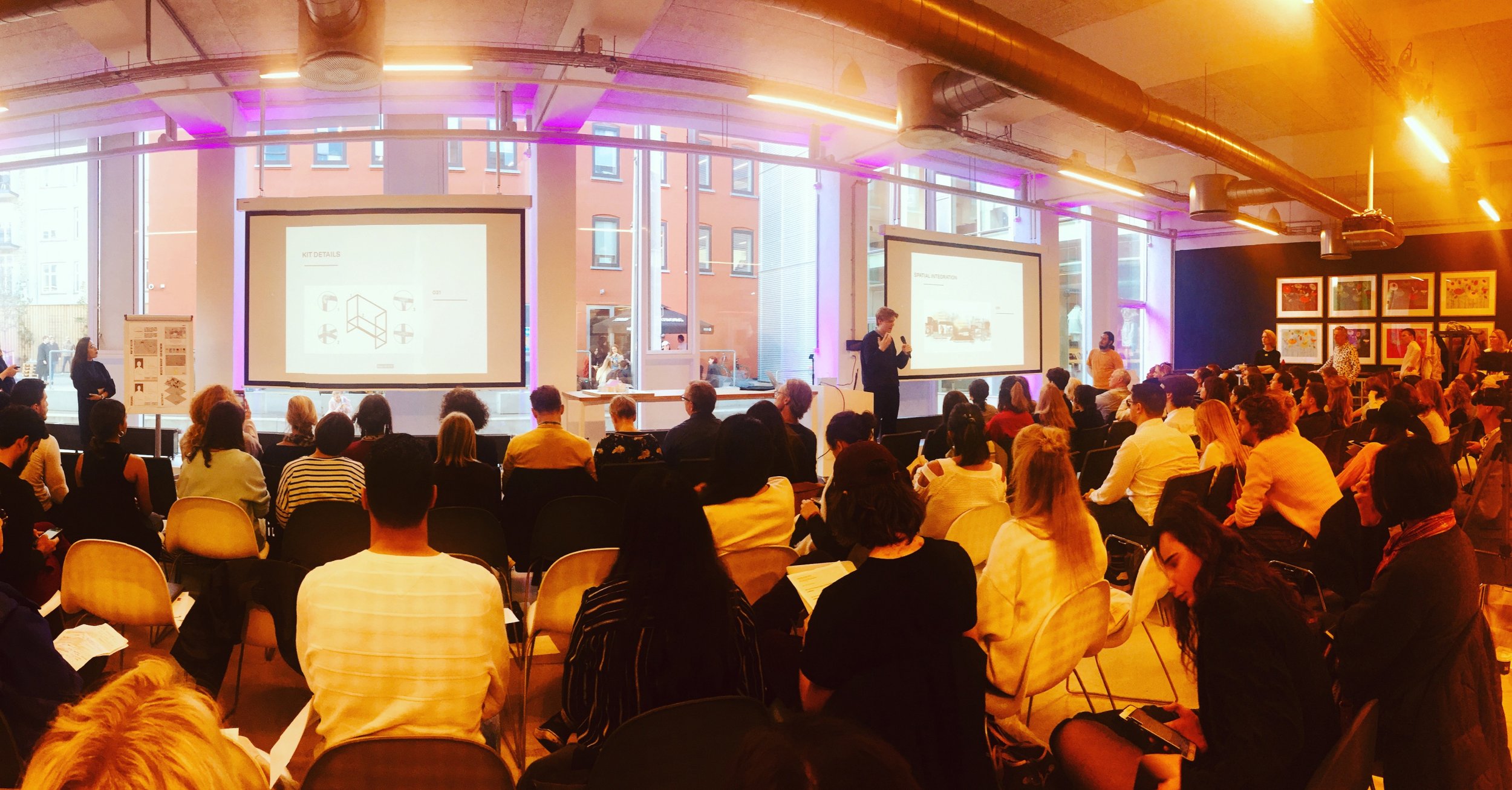KEA International
Charrette 2018
THEME
Participated as an advisor in the KEA Charrette International Design Challenge. For this year’s Charrette students would immerse themselves in local Nordvest organizations to see where and how to connect communities using an inclusive design approach.
The groups were free to create any solution they felt would work for their collaborating organization. Learning how to work with Service Design principles in order to identify the best solution was an important part of the Charrette week, but also (at the heart of the KEA Charrette) groups would have to harness the knowledge and creativity of diverse group members to come up with a final concept.
SCOPE
A charrette is an intensive, collaborative process that brings together students, community members, and professionals to develop innovative solutions for complex issues. Over a few short days of brainstorming, discussion, and expert consultation, teams create a broad range of ideas around a central theme.
An astounding 80 students from around the world gathered for a week in Copenhagen to participate in the event with the help of 30 expert advisors.
METHOD
The groups were free to create any solution they felt would work for their collaborating organization. Learning how to work with Service Design principles in order to identify the best solution was an important part of the charrette week, but also (at the heart of the KEA Charrette) groups would have to harness the knowledge and creativity of diverse group members to come up with a final concept.
My role in the charrette was that of an advisor. The advisors were assigned to a specific group to guide them through their process, challenge, and execution of the groups solution.
For this specific charrette, the objectives were to present a feasible design solution for the assigned participating organization.
Objectives for each group would vary depending on which partnering organization they were assigned to, but the overarching theme would be the same for all groups.
The charrette invited students to draw on their own professional and academic experiences and backgrounds to meet the challenge of creating inclusive design solutions for a section of Copenhagen that struggles with limited social and economic resources.
PROCESS
Inclusive design, as a theoretical as well as a practice-based approach was presented on. It is concerned with creating sustainable social spaces, where the focus is on the interaction between design objects and human users.
Students were also encouraged to consider radical empathy. Students considered the basic elements of what connects us with each other and to other forms of life. Students reflected on and incorporated new lines of connection across social, or cultural groupings within the city to push the boundaries of what community means.
RESULTS
The results were as varied as the participating students. Concepts included giant building blocks, ever-changing public message boards, greenhouse cafés, multicultural food trucks and much more. The jury was very impressed with the depth and scope of the concepts and debated long about the merits of each group concept. In the end the concept of Group 6 won the title of "Best Project" - their idea to involve all the residents in a simple, cost free, and democratic way made them stand out.
The objectives of the charrette were to address the partnering organizations challenge, and every group did this in a successful way by presenting a feasible solution to the partnering organization.
Each organization did respond with positive feedback, ensuring that all ideas were ideas they could be executed as is, or at least take parts of the concept and roll that out.
Charrettes are our modern day cultural, cross-disciplinary, collaborative, educational experience for students in the academic space. They allow students to explore skills they can’t in the classroom alone.















